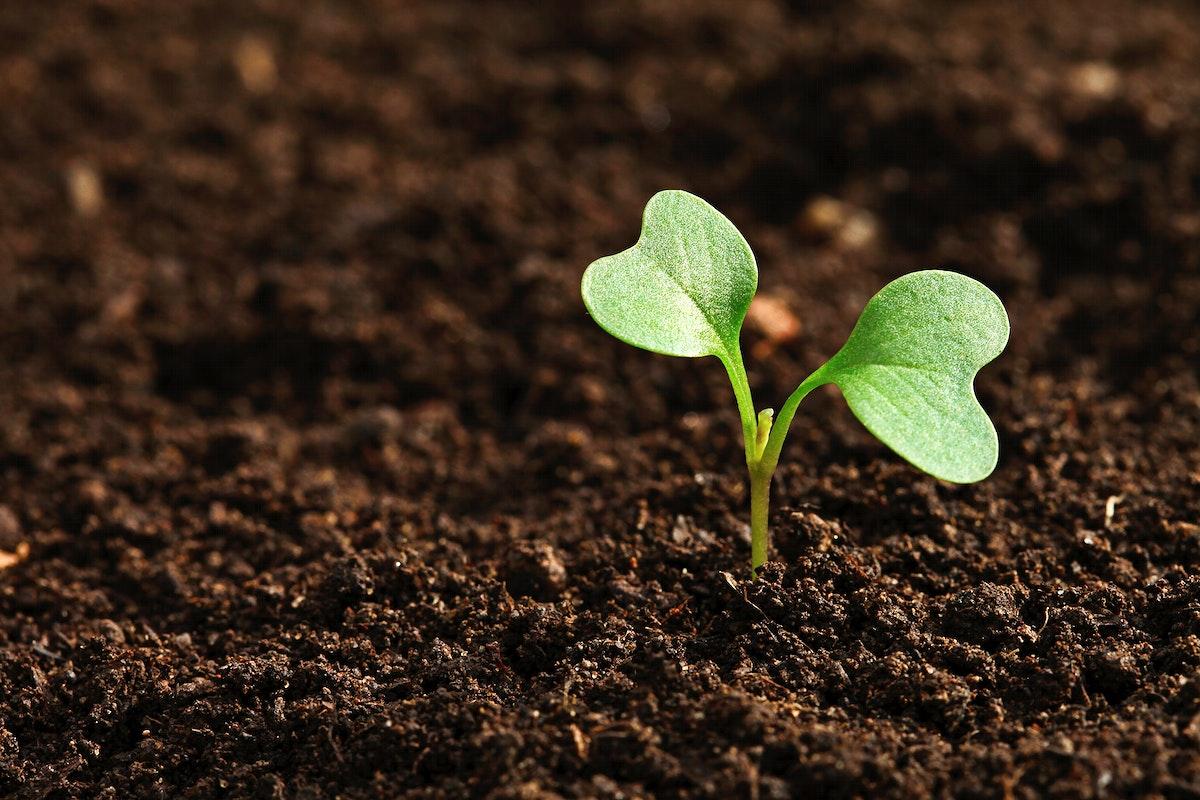
Preserving Pumpkins
by Tonya Page
Students will go through the process of counting pumpkin seeds and analyzing data through mean, median and mode as well as creating correlating graphs. Students will learn what causes fruit decomposition and be able to experiment with different preservation choices to determine the best way to preserve pumpkins.
Lesson Grade Level
6th GradeLesson Plan Link/URL
https://docs.google.com/presentation/d/1M2O8sq_YDKa5_Li5CAUQiUC1s_OJmdL7/edit?u…Subject Area
Science Life Science L1: Cells L2: Organisms & Energy Technology 1. Empowered Learner 5. Computational Thinker 6. Creative Communicator Engineering Mathematics Counting and Cardinality (CC) Number and Operations in Base Ten (NBT) Measurement and Data (MD) Number & Quantity (N) English Language Arts (ELA) Reading (Literature) Reading (Informational Text) Writing Speaking & ListeningRelated Content

Grades:
4th Grade, 6th Grade
This project consists of the final part of a four-part unit for 4th and 6th-grade students exploring Arizona's science standards. Students will study how living things compete for energy and resources

Grades:
6th Grade
Students will research and use math calculations to set up a classroom worm compost bin to compare to a classroom non-worm compost bin to be utilized for observation throughout the school year for

Grades:
3rd Grade
This lesson is about exploring Arizona's state bird, the cactus wren, that lives in the desert, has special body parts and behaviors that help it survive in its harsh environment. Students will learn